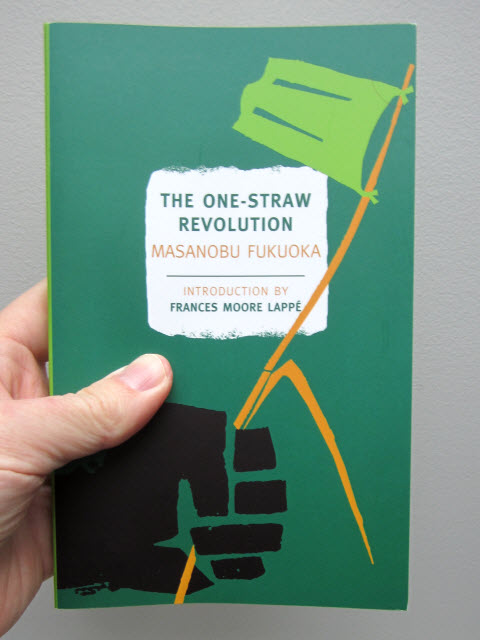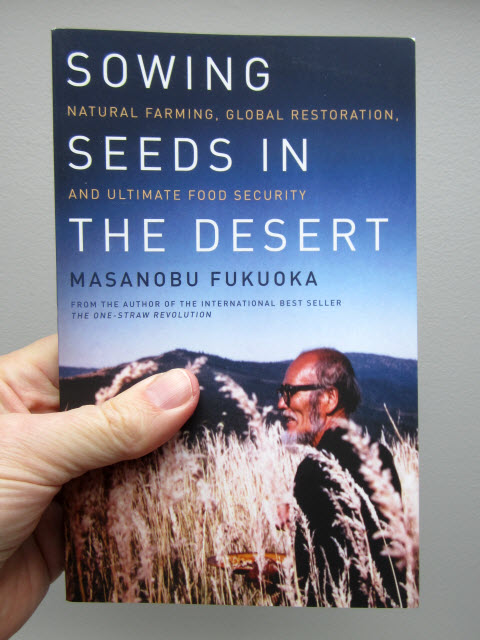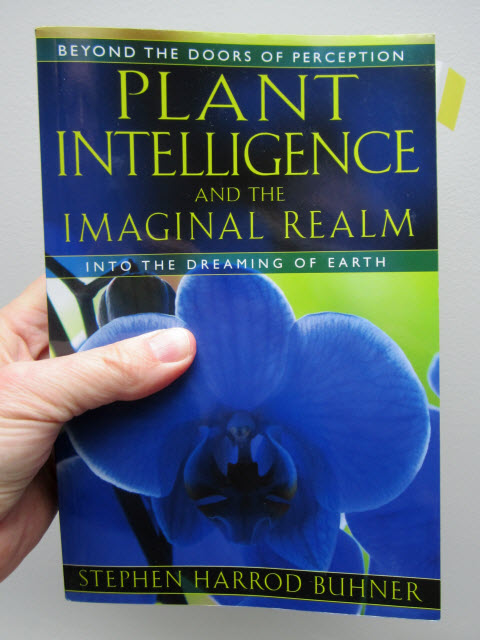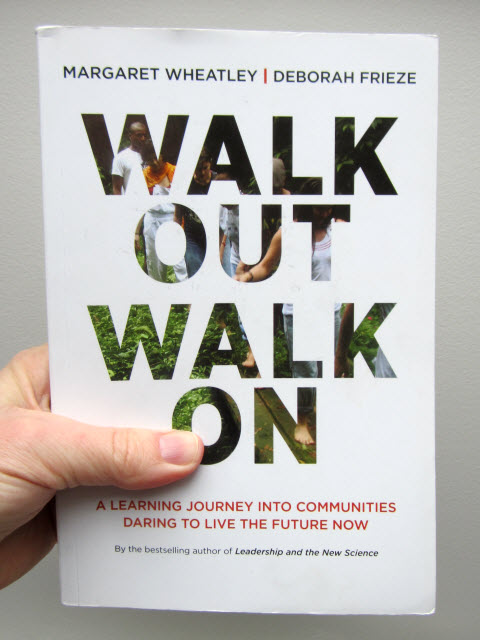This is a post in my series on organizing ”between and beyond.” Other posts are here. This is a retrospective of what has happened during the week. The purpose is to reflect on the work itself. Here is my previous retrospective. Here is my next retrospective.
What has happened? What needs to be done?
This is a retrospective what has happened during the last two weeks.
Books
The following books arrived these weeks:
- The Thought of the Heart and the Soul of the World by James Hillman.

- The Winged Life: The Poetic Voice of Henry David Thoreau by Henry David Thoreau, Robert Bly (Editor), and Michael McCurdy (Illustrator).

- The One-Straw Revolution: An Introduction to Natural Farming by Masanobu Fukuoka, Frances Moore Lappé (Introduction), Wendell Berry (Preface), and Larry Korn (Editor).

- Sowing Seeds in the Desert: Natural Farming, Global Restoration, and Ultimate Food Security by Masanobu Fukuoka, and Larry Korn (Editor).

- The Fractal Geometry of Nature by Benoît B. Mandelbrot.

- Plant Intelligence and the Imaginal Realm: Beyond the Doors of Perception into the Dreaming of Earth by Stephen Harrod Buhner.

- Walk Out Walk On: A Learning Journey into Communities Daring to Live the Future Now by Margaret J. Wheatley and Deborah Frieze.

So far, I’ve only finished reading Walk Out Walk On. Wheatley & Frieze’s book is based on the insight that community is nothing like a machine, and that people can’t be programmed, motivated, and supervised through external force and authority. Here is my review.
Article
Simon Mont’s Autopsy of a Failed Holacracy caught my attention last week. I got interested in Holacracy five years ago when I started searching for life-giving ways of working. Today I’ve changed my mind. The turning point was reading Brian Robertson’s book on Holacracy. Here is my review.
Brian Robertson has a mechanistic view of people and organizations. I’ll let Robertson speak for himself. He writes:
- “An organization … is equipped with sensors — … the human beings who energize its roles and sense reality on its behalf.”1
- “One powerful way … is to harness the tremendous sensing power of the human consciousness available to our organizations. … When those tensions can be processed quickly and effectively, … then the organization can benefit …”2
- “The whole point of Holacracy is to allow an organization to better express its purpose.”3
- “… an “organization” is an entity that exists beyond the people, with its own purpose to enact and with work to do beyond just serving the people doing that work.”4
- “Organizations running with Holacracy are first and foremost purpose-driven … with all activities ultimately being for the sake of realizing the organization’s broader purpose. Every member then becomes a sensor for that purpose …”5
- “The organization is depending on you, as its sensor, to give voice to the tensions you sense so that it can evolve.”6
- “Holacracy is focused on the organization and its purpose—not on the people and their desires and needs …”7
- “Many of the rules … are there specifically to ensure that the focus is only on what’s needed for the organization to express its purpose, … not on … anything else.”8
- “… we are installing a system in which we no longer need to lean on our connections and relationships to be able to process organizational tensions.”9
- “… the organizational space is the result of working together role to role and governing those roles for the sake of the organization’s purpose.”10
- “[Holacracy] keeps human values out of the organizational space, which also keeps the organization out of our human-value space.”11
Holacracy prioritizes the systemic value of thought by keeping intrinsic human values out of the organizational space. However, making use of control, not for the good of those who are in the system, but only for the system’s own benefit is problematic. It’s problematic when intrinsic human value is given second priority.
The organizational structure in Holacracy is a holarchy, a term coined by Arthur Koestler. What’s interesting is that Arthur Koestler not only coined the word holarchy, but also criticized the mechanistic view of organisms. People are not passive automata. Here is more on that.
The proposition of Theory U is that the quality of results is a function of the awareness that people in the system are operating from. There’s a center, a quietness within, from which action occurs. This quiet place has to be known and held. This can be learned, but not directly taught. It goes beyond processing tensions.
What was good? What can be improved?
What was good is that Margaret Wheatley and Deborah Frieze provide examples on organizing based on intrinsic human values. Walk Out Walk On is a learning journey where people create their future with their hearts, hands, and relationships. Connecting and relating are fundamental to us as human beings. It is not something we “lean on” and that we would be better off without. Intrinsic human value must in-form systemic value.12
Notes:
1 Brian Robertson, Holacracy: The Revolutionary Management System that Abolishes Hierarchy, (Penguin, 2015), p.4.
2 Ibid., p.7.
3 Ibid., p.34.
4 Ibid., p.148.
5 Ibid., p.166.
6 Ibid., p.194.
7 Ibid., p.198.
8 Ibid., p.199.
9 Ibid., p.200.
10 Ibid., p.201.
11 Ibid., p.202.
12 Value is used as defined by Robert Hartman. For those interested, I can recommend Hartman’s biography Freedom to Live, and his seminal work on The Structure of Value. Hartman was born in Germany in 1910. Seeing the Nazis organize evil, he fled Nazi Germany for his opposition to Hitler. Hartman devoted the rest of his life to organize good. This led him to a life-long quest to answer the question, ”What is good?” and how to apply the answer to help preserve and enhance the value of human life. When life has meaning, it has value. The richer its meaning, the richer its value.
Related posts:
Book Review: Holacracy
Book Review: Freedom to Live
Book Review: The Structure of Value
Organizing in between and beyond posts
Leave a Reply
You must be logged in to post a comment.